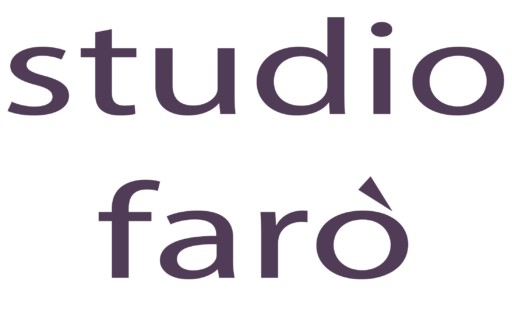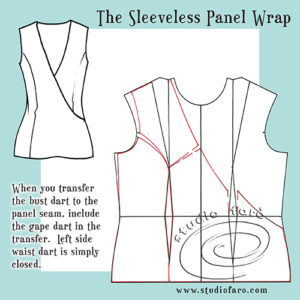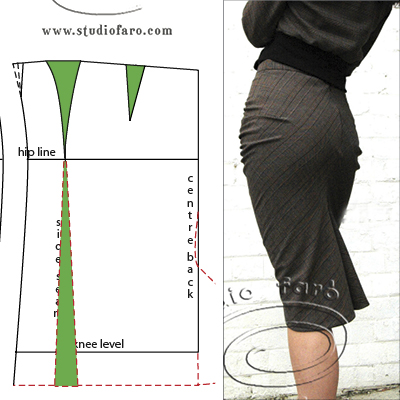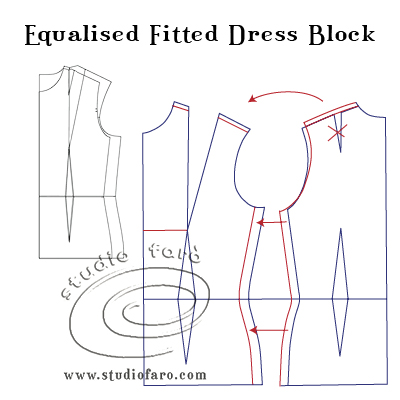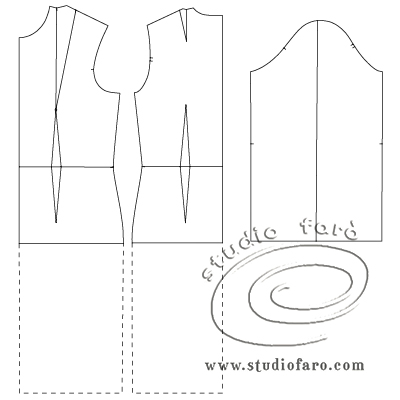04 Apr Stretch Skirt Block and Design Options
Posted at 16:41h
in Garment Blocks, Pattern Making, Pattern Making Instructions, Pattern Puzzles, Self-draft, Stretch Patterns, Womens Skirt Block
0 Comments
Following on from the Skirt Block and Design Options post I've separated skirt designs that use a stretch skirt block to start your pattern development. You can use my skirt block to make a stretch skirt block to use with all these pattern puzzle posts. Some of them have been sampled and those sample posts are also included here.


